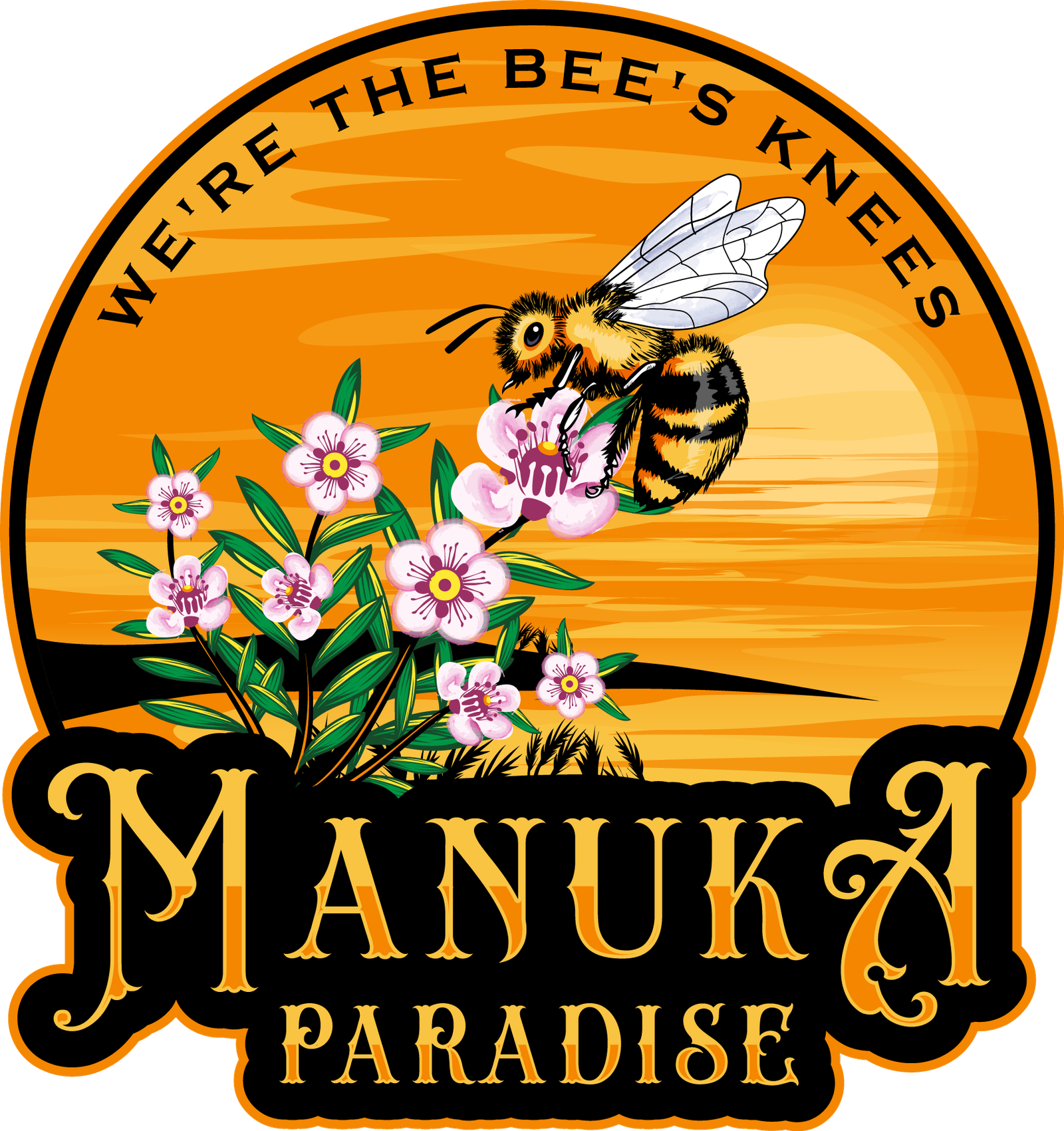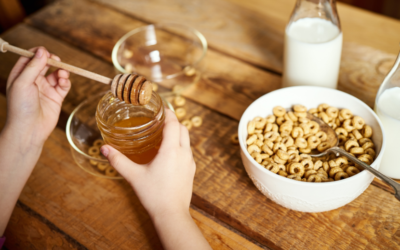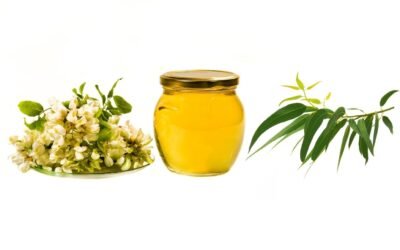
What Makes Up Honey?
Do you know the composition that makes up honey? Often, what comes to mind is sugar. However, honey actually contains other components like proteins, enzymes, pollen and more, which can be beneficial to the body. Before you try and avoid honey at all costs, we urge you to wait as we take a closer look at the components of honey and their nutritional value.
Fluctuating Proportions In Honey
The composition of honey differs based on the sources of nectar and the environmental conditions that the plant experiences. It is also affected by the way honey is harvested and stored.
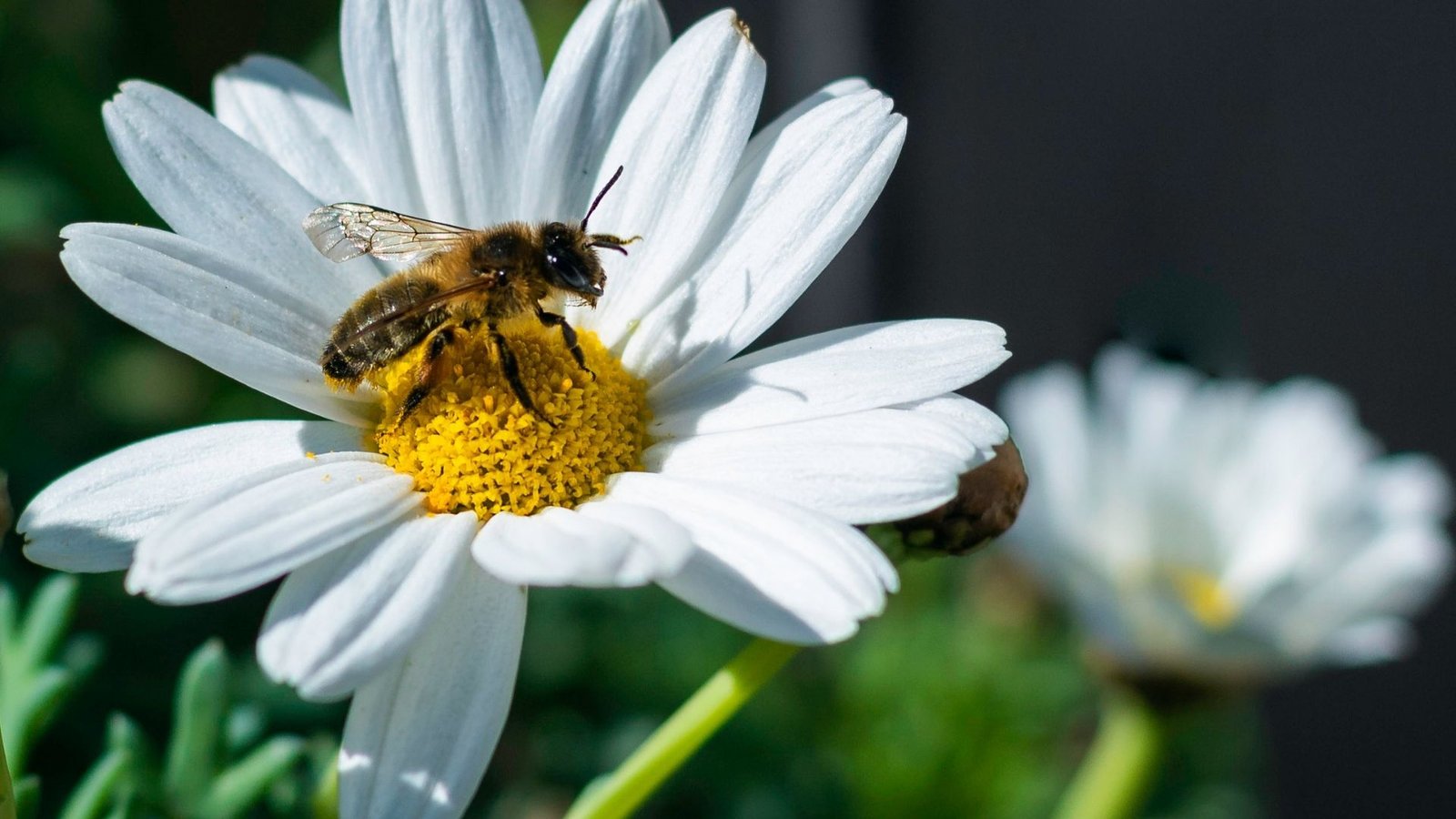
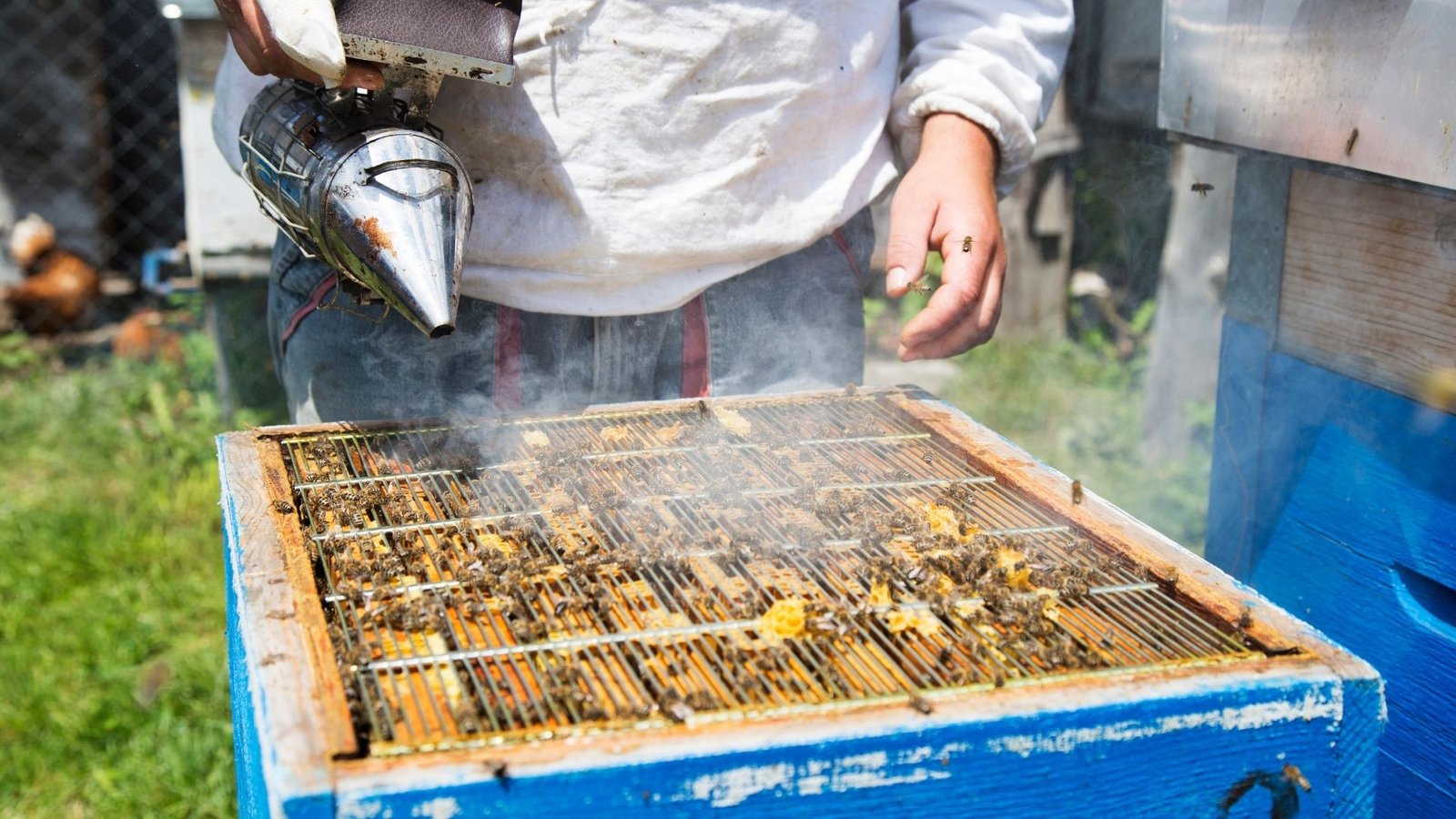
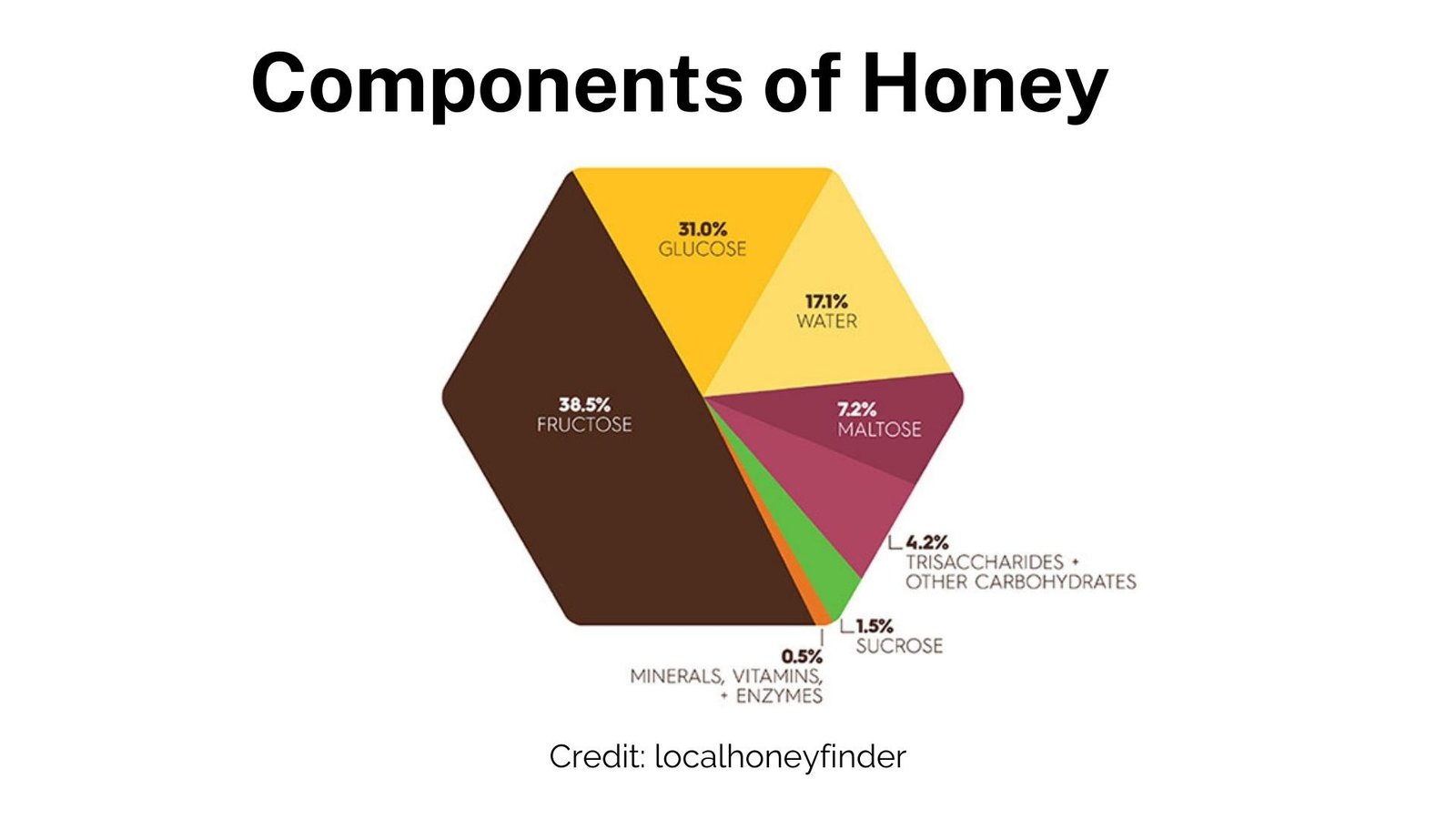
It’s Not Just Simple Sugars In Honey
Usually, honey comprises approximately 80% monosaccharides, or simple sugars, mostly fructose and glucose in differing proportions depending on the nectar source. For example, tupelo honey has a high fructose concentration as it comes from tupelo trees, which are well-known for attracting bees with its berries. Thus, we can assume that the berries from tupelo trees increase the process of pollination and nectar collection to produce honey. Honey crystallises quickly when there is more fructose than glucose in it. Other disaccharides, such as sucrose, maltose, maltulose, kojibiose and turnanose among them, as well as oligosaccharides including erlose, theanderose and panose, are also present in the honey. However, instead of being naturally present in the honey, these complex sugars are created during the honey ripening process.
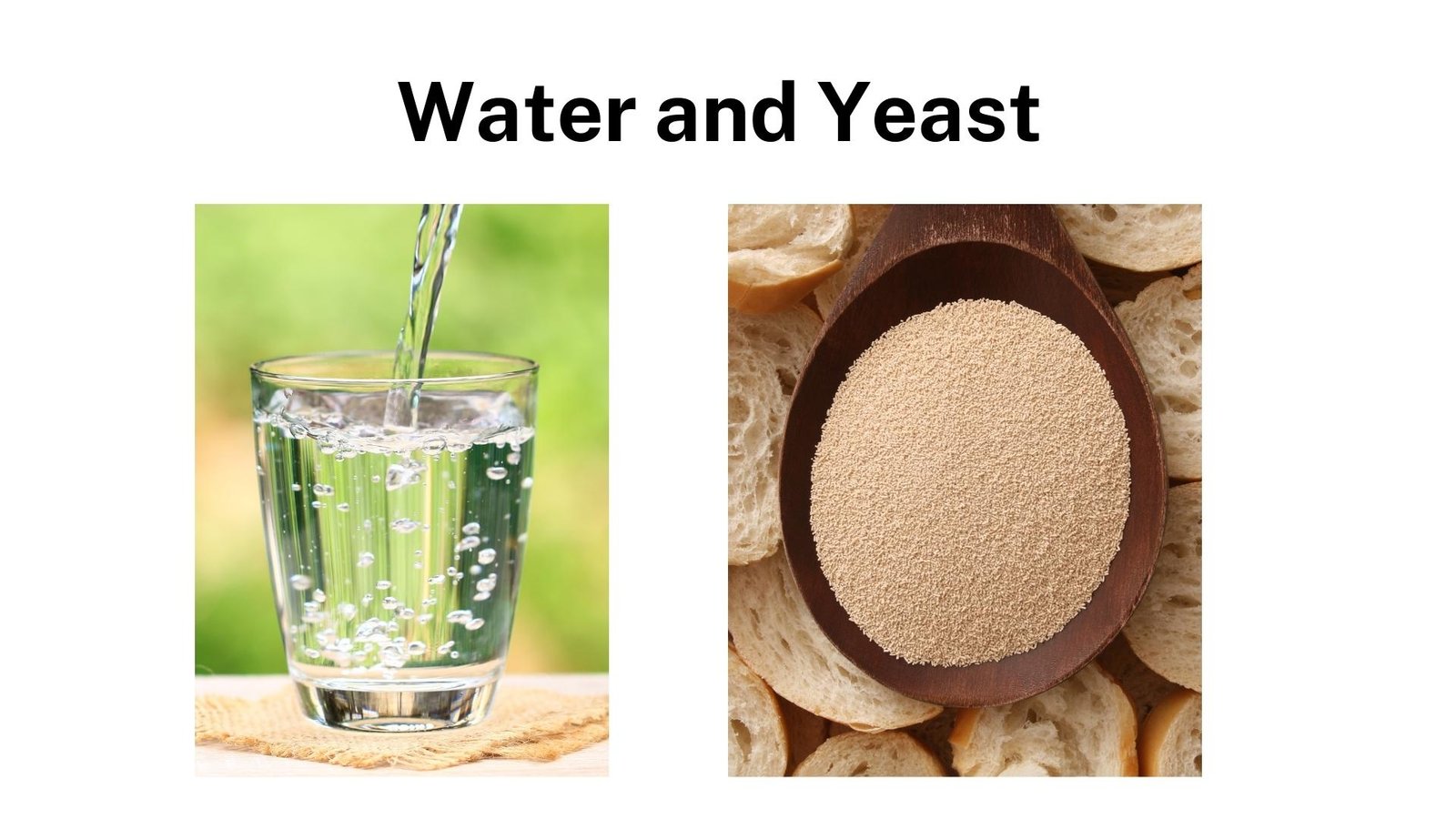
What Happens When Water And Yeast Mix In Honey?
Although water takes a rather small proportion of 16-18% in honey, it is one of the most significant components of any honey. The mean water content of most high quality honeys is 17-18% as it is naturally done by the bees, who reduce the dampness in nectar by transporting nectar sacs mouth-to-mouth and use their wings to ensure that the remaining moisture in the nectar evaporates before capping the honey. Hence, the low water content in honey maintains the honey’s stability when water mixes with yeast from the environment, on plants and in the hive.
You may wonder, what happens when there is too much water in honey? Well, honey is hygroscopic, which means that it is inclined to take in moisture from the air. When the water content is greater than 18%, the yeast reacts with water and sugars in the honey to flourish. This results in fermentation, which breaks down sugars to form lactic acid, ethanol and acetic acid in an environment that lacks oxygen. Therefore, fermentation distorts the sweet flavour of honey, causing it to become inedible.
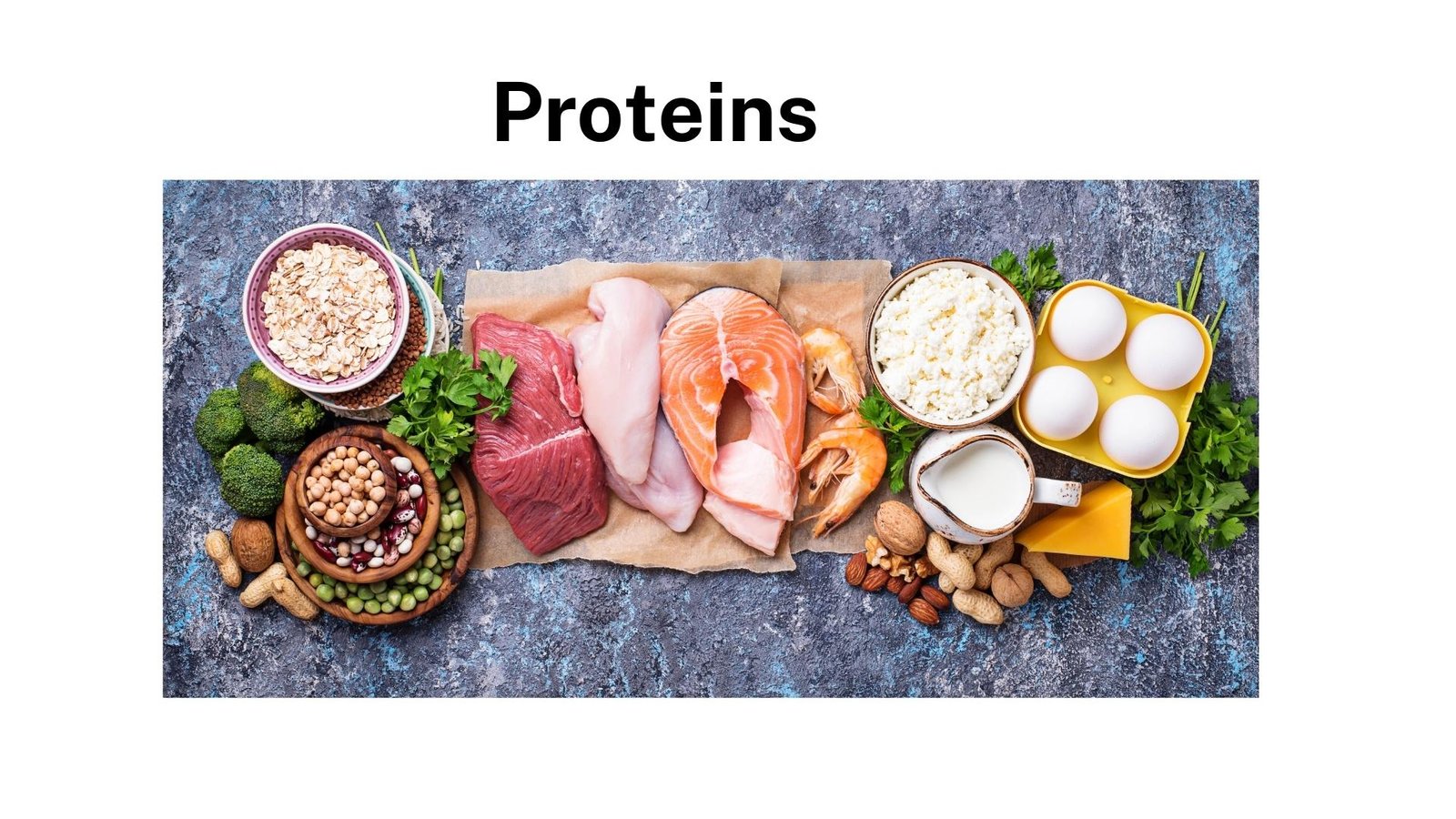
Proteins Make Honey Sweet and Healthy
Proteins form 25% of honey composition, in which 19 distinct enzymes are available. During the ripening process, bees include enzymes that make up proteins in the honey. Invertase, the most significant enzyme, ensures that large-molecule sugar sucrose splits into two smaller sugars, glucose and fructose, which convert nectar into honey. Thus, Invertase differentiates honey from other sweeteners as the process also causes fructose, another simple sugar, to react like an acid. This lowers the concentration of sugar in honey, making it a healthier alternative to other sweeteners.
Additionally, enzymes contain nutritional value and are very sensitive to heat. Honey contains several amino acids that either come from plant sources or are included by bees. The most significant amino acid, Proline, measures honey’s ripeness. Therefore, it is used as a standard indicator to evaluate the condition and flavour profile of honey by measuring the proportion of nectar produced by bees.
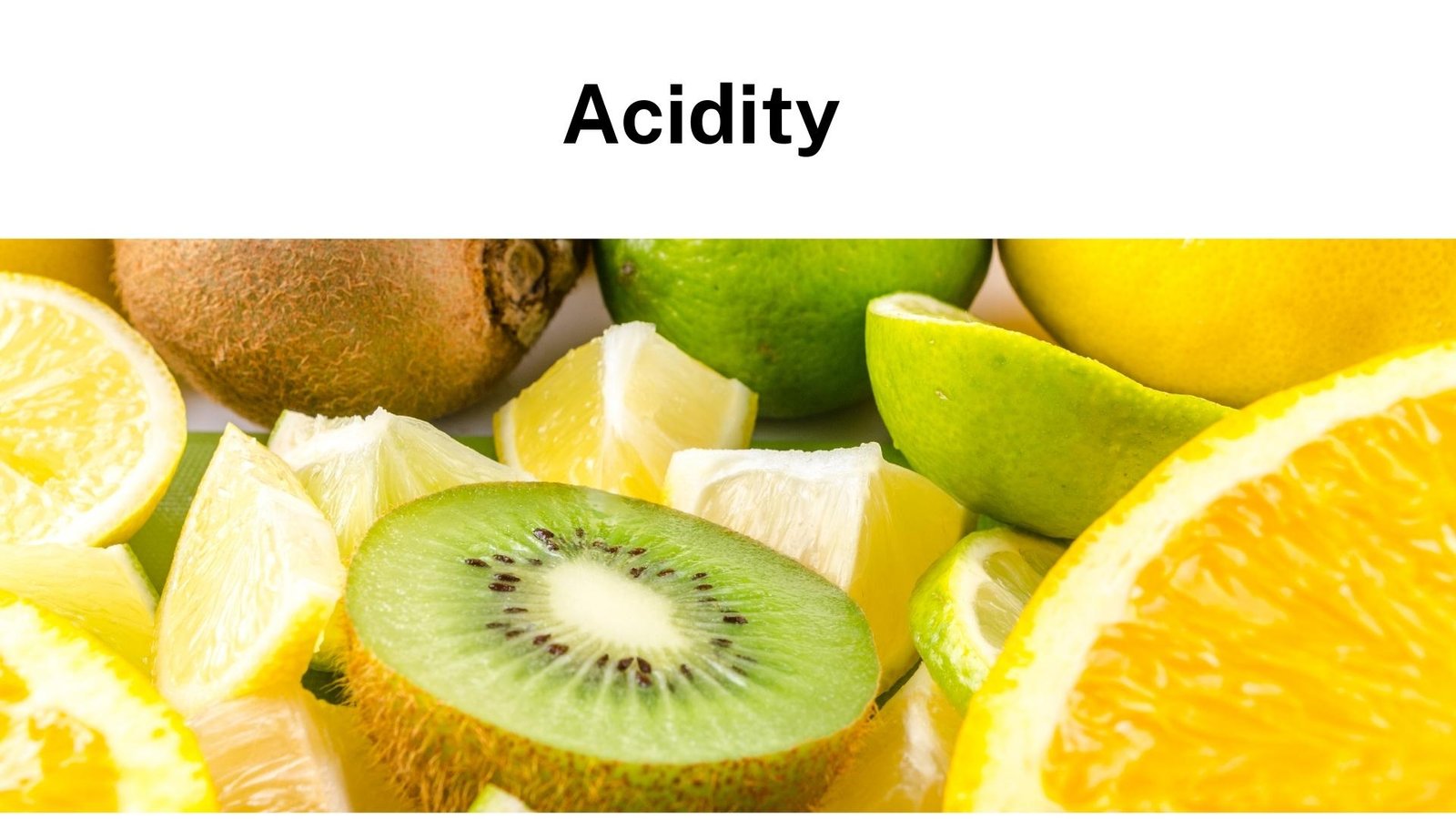
Acids As Bacteria Killers In Honey
Here’s a fun fact. Most honeys are relatively acidic with a pH value that varies from 3.4 to 6.0. However, you can be assured that honey does not taste acidic as the sweet flavour of honey conceals its acidic taste.
Now, let us introduce the most important acid discovered in honey, Gluconic acid. It forms when bees include glucose oxidase to nectar during the ripening process and strengthens the flavour in honey to preserve the quality of nectar. At the same time, the formation of Gluconic acid also produces hydrogen peroxide and gluconic acid, which provide honey with anti-bacterial properties that are most effective when eaten or diluted in water.

Minerals As Honey Identifiers
Honey consists of a vast range of minerals such as potassium, calcium, copper, iron, magnesium, manganese, phosphorus and zinc. Generally, darker honeys have a stronger taste and a higher mineral content. These physical attributes enable the process of spotting various types of honeys.
Volatile Organic Compounds (VOCs), The Identity Cards (ICs) Of Honeys
Did you know that the volatile organic compounds (VOCs) and plant-based essential oils can identify a honey’s botanical and geographical origins? It is like a profile or fingerprint of the honey. Honey consists of over 600 different kinds of VOCs and plant-based essential oils. These elements give the honey its taste, scent and flavour profile. However, these VOCs are very vulnerable to heat and heating the honey will destroy these VOCs and ruin its taste.
When honey is not cared for and stored properly, it can spoil easily. Hydroxymethylfurfural (HMF), an organic compound prevalent in all honeys, forms naturally when fructose decomposes. Fructose decomposes when the honey is heated to high temperatures for a long period of time. This is why HMF is used as an indicator to measure the quality of honey. A higher HMF number means that the honey has been overheated, suggesting that the quality of the honey is lower. For more tips on storing honey properly, click the link here.
Conclusion
Once again, honey has other components aside from sugar. We hope that this article has provided a better understanding about the different components of honey. If you’re interested in using honey in your daily lives, here is an article on different ways of using honey. Also, feel free to check out our different premium-grade honeys!
